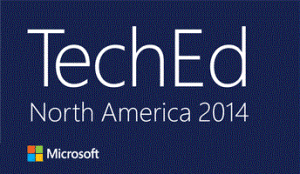The concept of networking is very often mentioned within IT, but examples of it do not come up nearly as often in my experience.
However recently I do have such an example. A colleague attended Autodesk University in late 2014, and attended a session regarding file collaboration for products like Autodesk Revit and AutoCAD.
This is an area which I have been struggling with for many years. How does one give LAN-like speed to a single set of data across many geographical locations? I’ve tried many solutions as posted about previously: DFSR, PeerLock, PeerSync, GlobalScape WAFS, Citrix XenApp and others.
And yet all of these have not proven effective enough to permanently rely upon.
But at Autodesk University the session was talking about Panzura. A representative of a company almost exactly like mine was talking about the benefits, and how it has solved the file collaboration problem for them.
When this news was returned I became very excited, and eventually came across this testimonial video: this video is even more evidence that this might be the right path to travel down.
I was put in direct contact with this representative and can now communicate without sales over-exaggerating the benefits of the product.
There is still a large amount of research and testing ahead before Panzura can be seriously considered in my environment, however it is something I would not have seriously considered without the networking.

